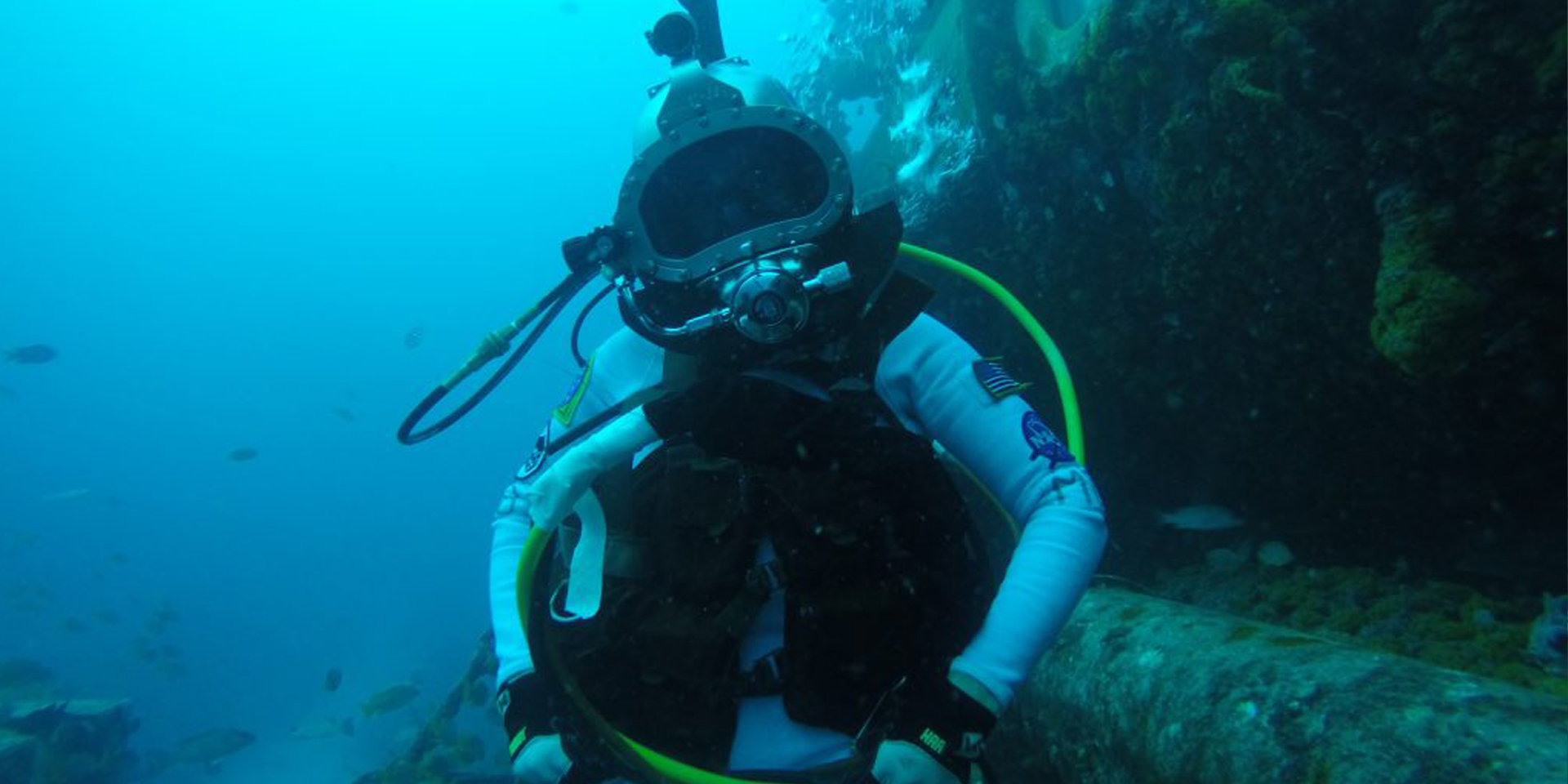
HAB.G | The Hab Map
The Hab functions as an analogue for the International Space Station, but it’s far from a mirror image. Besides being underwater instead of circling the planet in outer space, the Hab is a lot smaller than the ISS as well. The Hab is a tight fit for 6 crew, with only about 400 square feet of living space (that’s about the size of a very small apartment). The average American house is about five times that size! Luckily, the aquanauts spend more time outside the Hab than in it (though there are always two people who remain in the Hab to monitor the systems and make sure everything is running properly). The aquanauts are usually busy performing experiments, and so they don’t spend all of their time inside the lab. Some of the experiments that are done while they’re on the Hab include:
- how ultraviolet light can damage coral reefs
- how corals feed
- the growth of sponges
- water quality studies about pollution
- geological studies of fossilized reefs
- studies of coral reefs to determine the differences between changes caused by natural systems and by humans
There are lots of other experiments that take place on the Hab too. In fact, almost every type of science is done down there at some point!
The Hab itself is not just a lab though – it’s also become an artificial reef itself, with coral and sponges attached to it, and it’s become home to lots of fish and other sea creatures. The aquanauts get a great view of their neighbors through the portholes you can see in the pictures – imagine having schools of lionfish passing by your windows instead of cars!
When the aquanauts go out to perform their experiments, they can stay out for hours, even though most SCUBA tanks only have enough oxygen for an hour. But they don’t have to go all the way back to the Hab for more; instead they can go for an oxygen refill at the “Gazebo” or the “Pinnacle,” which are way stations set up near the Hab where they can fill up again and stay in the water. When it’s time to go back to the Hab, they can follow ropes that lead them directly back in case they’re out of sight of it at any time.
How does the Hab get everything it needs? Fresh water for drinking is brought down every day, and air is continuously pumped down from the life support buoy above them (which also supplies electricity). In fact, the excess air is constant overflowing and bubbling out from the Wet Porch. Even if the pump failed, there are also backup air tanks set up near the Hab. So how much does all this cost? It’s estimated that it costs about $10,000 per diving day, but when you consider how much work gets done by the aquanauts, that’s a bargain.
Of course, the aquanauts also have the one thing that is most essential: WiFi!
Want to see where everything is inside the Habitat? Mouse over a box to see its label, and imagine what it would be like to live underwater yourself!
Curriculum Reference Links
- Nature of Science / Understanding About Science / 1: Students should be able to appreciate how scientists work and how scientific ideas are modified over time


